#history of comics
Photo
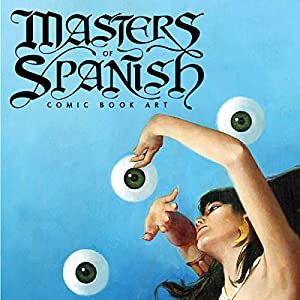
https://archive.org/details/masters-of-spanish-comic-book-art-by-david-roach-2017/mode/2up
THIS IS IT!
‘‘comprehensive history of Spanish comic books and Spanish comic artists reveals their extraordinary success -- not just in Spain and America, but around the world.‘‘ oh boy.
12 notes
·
View notes
Text

juvenile kryptonians are quite viscious!!! be careful around them!
#dc comics#dc#superman#clark kent#superboy#jon kent#jonathan samuel kent#jonathan kent#superfam#superfamily#BABY JON I MISS YOU you will always be famous#i wonder if kryptonian kids throughout the history of krypton have tugged on their parents' capes for attention#jonno is upholding traditions <3
23K notes
·
View notes
Text

W.K. Haselden in the Daily Mirror, October 3, 1935
16K notes
·
View notes
Text
I love the history of comics. A point of interest for me is how the comics code era but the golden/ww2 era of comics is also very interesting to me. War era comics were very much propaganda to raise morale
0 notes
Text
In Plagiarism and You(Tube), Hbomb says "If you consider something so obscure you can get away with stealing it, you do not respect it." Save that line for the next time someone tries to tell you that Roy Lichtenstein brought respect to comics as art.
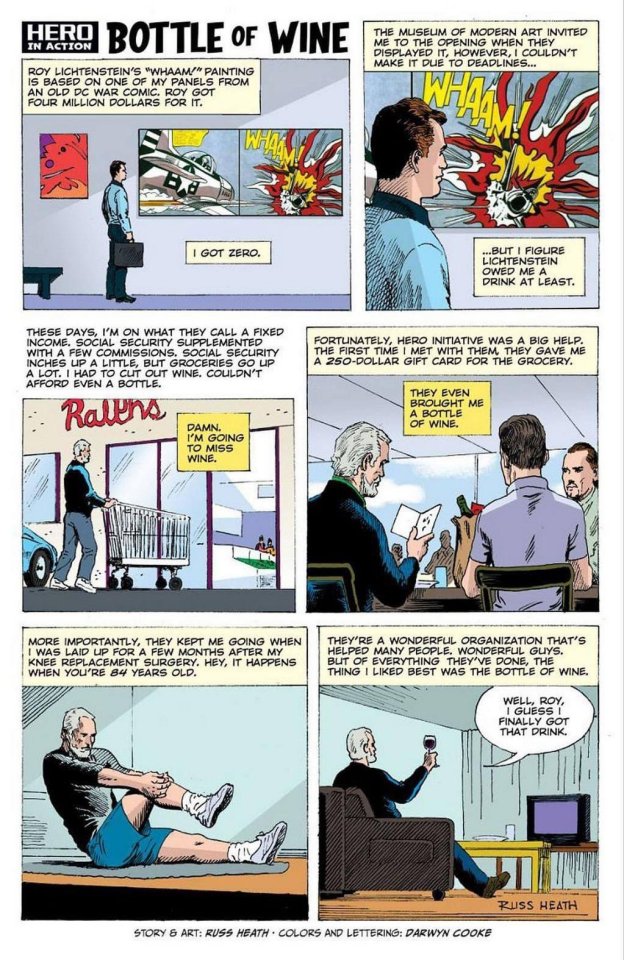
It's since been pointed out that while Lichtenstein did copy one of Russ Heath's drawings of an airplane getting hit, the painting depicted above was actually copied off Irv Norvick, because Lichtenstein did this so many times to so many comic artists.

In Lichtenstein's defense, he was doing this in a time when comic artists frequently weren't even credited in the issues themselves. In his condemnation, he never even tried to check, nor has he made any move to pay or credit any of the comic artists who recognized their own work later on. Rather than elevating the "low art" of comics, he was widening the gap of financial success and respect even further.
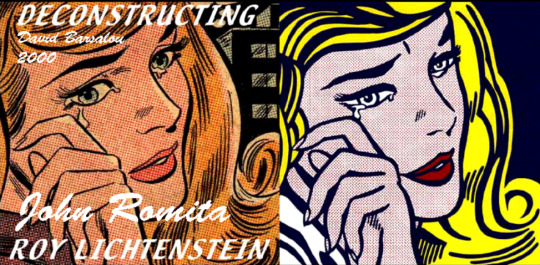
The Hbomberguy of this story is art historian David Barsalou, who has now spent decades tracking down the original art and the names of the original artists used in Lichtenstein's most famous output. Here's the flickr gallery for the Deconstructing Roy Lichtenstein project. Frequently copied were Tony Abruzzo, Ted Galindo, Mike Sekowsky, Joe Kubert, Jerry Grandenetti, and dozens more Golden Age artists who aren't very well known in comics circles, let alone art history books. Many of them died in poverty. That's something that the Hero Initiative, mentioned in Russ Heath's comic above, aims to prevent.
Also, Lichtenstein didn't even paint Ben-Day dots. That's a specific thing.
#roy lichtenstein#plagiarism#olivertxt#once you've seen them side by side. the original art is virtually ALWAYS more technically solid#art being ''bad'' doesn't make it not art but just the insult of making thousands of times more copying your work *worse*#lichtenstein did a lot of original (or harder to attribute) work later on but the peak of his fame was majority this stuff#comics history
13K notes
·
View notes
Text
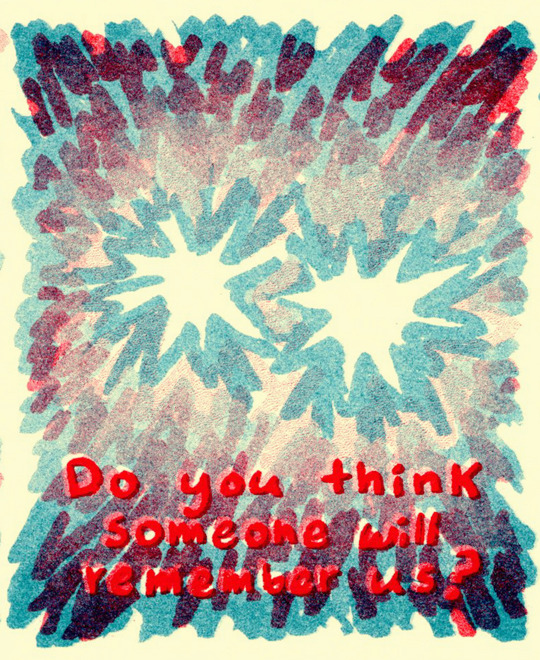

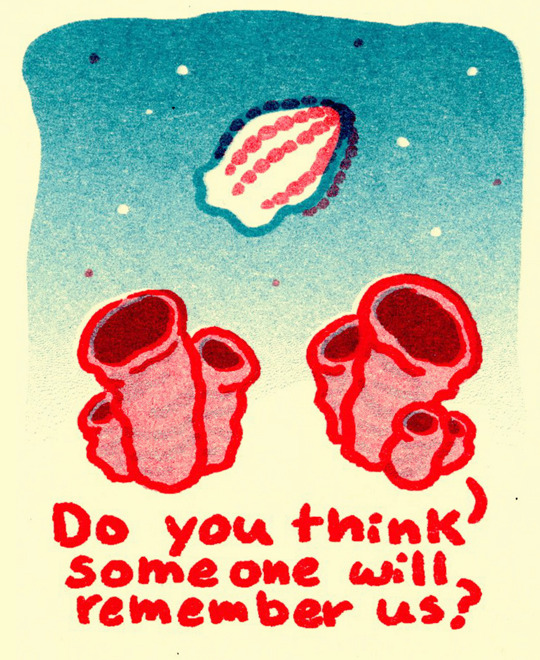
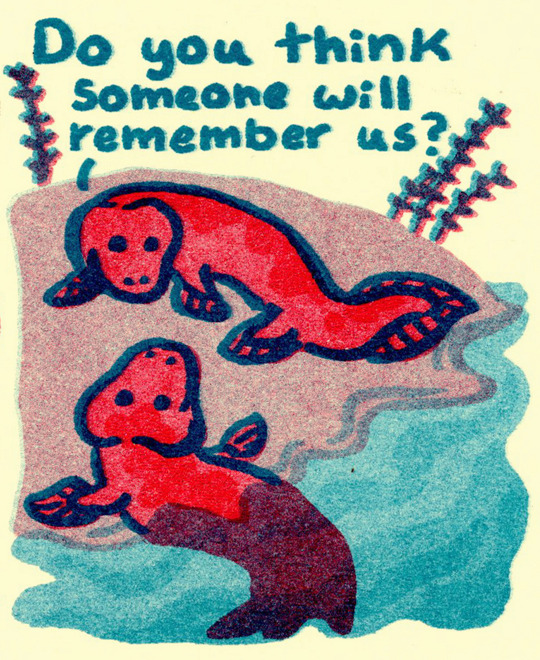

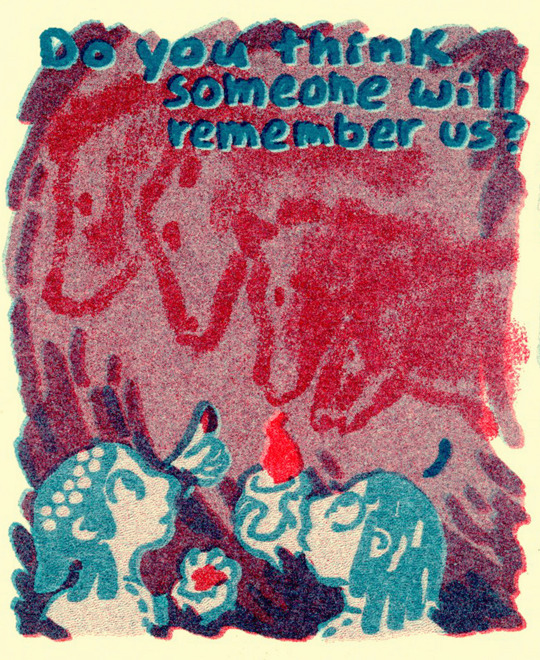
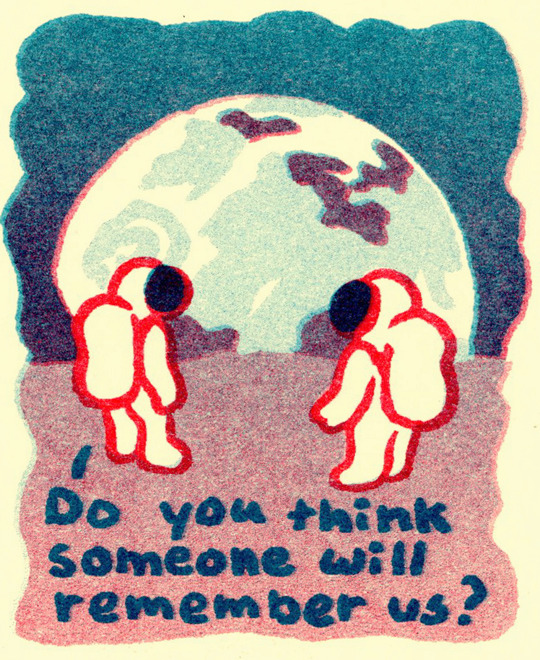


Do you think someone will remember us?
DEEP TIME was originally published as an accordion-fold comic glued into a circular shape, so the story could be read backwards and forwards from any starting panel. Physical editions of DEEP TIME printed in bright red and teal risograph are avaliable in my shop.
#my artwork#comics#risograph#paleoblr#tiktaalik#paleolithic#astronaut#space exploration#dinosaur#history#artists on tumblr#my comics#long post
15K notes
·
View notes
Text
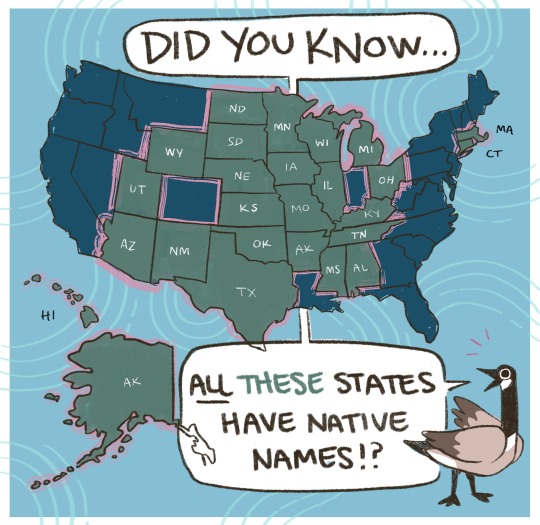


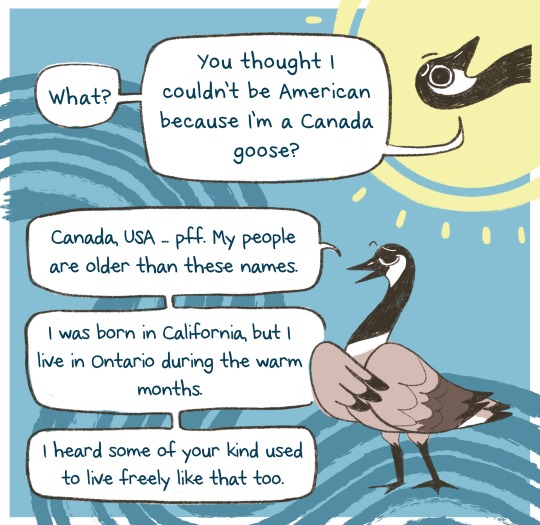
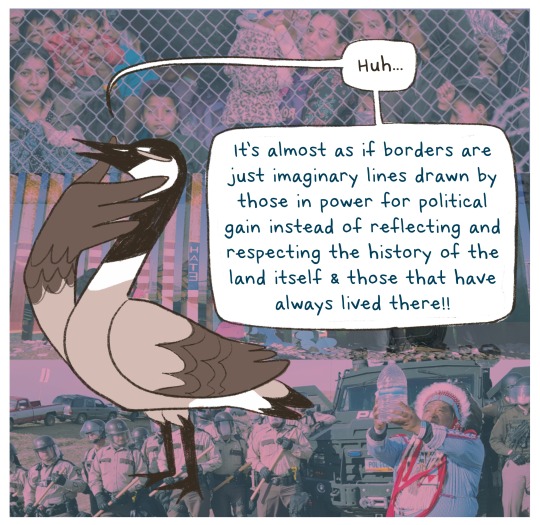
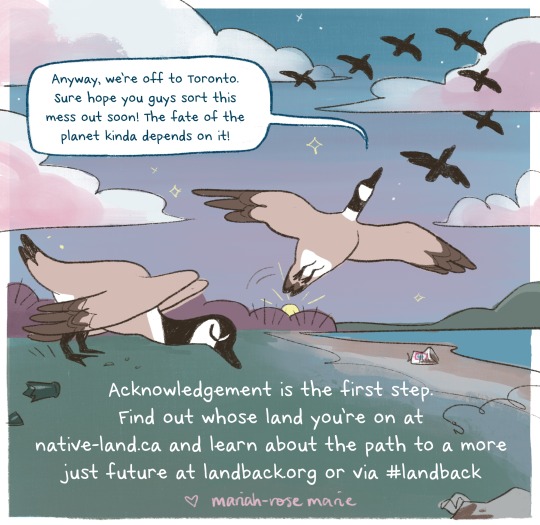
when I drew this comic 3 years ago I had NO idea how far it would reach. I'm happy to finally share a corrected version with proper abbreviations, and even MORE state names of indigenous origin ♥️
however, the goal of this comic was to inspire people to do your OWN research on indigenous history. To question everything we have been taught, and everything that has been pointedly left out. This erasure, this “forgetting”, of history is not just of the past… it is happening now.
- Across so-called Canada, the US, and US-occupied islands, native women are victims of murder at 10-12x the rate of non-native people, and are the most likely to go missing without being searched for by the law.
- Native reservations have the highest rates of poverty in the US, with over HALF of tribal homes with no access to clean water (with more joining this list by the year)
- Native people are 6-10x more likely to be unhoused than the rest of the population, and native teens suffer suicide rates higher than any other demographic.
This list of modern day genocide goes on (thank you for compiling @theindigenousanarchist <3) and yet take a look at those environmental stats!
Native people manage to do SO much for the planet as a whole - thanklessly - and with all this stacked against them. Don't even get me started on kin fighting in south america. Could you imagine if there was help? #landback is resistance to genocide, and it is the key to saving our warming earth.
So look into it and the other hashtags, cuz a cartoon goose ain't a substitute for a proper education.
Love to my grandparents who always kept a map of tribal territories of turtle island on their wall, to speaking on our Tsalagi & Saponi heritage. Love & solidarity forever, happy research, and
happy #indigenouspeoplesday
LANDBACK.ORG
(Also, if you care to support the artist, I'm publishing a book ! and writing another - a fantastical afroindigenous graphic novel - that I post exclusively about with tons of other art on my patreon.)
#mmiw#searchthelandfill#landback#art#comic#illustration#indigenous peoples day#rights#indigenous rights#autonomy#statistics#love#freedom#borders#history#usa#canada#turtle island#mariah-rose marie
14K notes
·
View notes
Text
society went downhill when hollywood started interpreting superman as a jesus christ figure instead of a golem
#jumblr#marvel and dc comics are jewish never forget!!!!!!#stop erasing the jewish history of comics and superheros
4K notes
·
View notes
Text

Juno Temple
#juno temple#ana de armas#emily ratajkowski#lindsay lohan#sexy titts#sexy tiddies#lick my ass#celebrity bikini#olivia wilde#sydney sweeney#celebrity crush#heather graham#anne hathaway#history#hot as fuck#hot as hell#hot celebrity#phoebe cates#miley cyrus#celebs#celeb#comics#cars#millie bobby brown#hot celebs#leni klum#kelly reilly#kirsten dunst#kaley cuoco#advertising
3K notes
·
View notes
Text
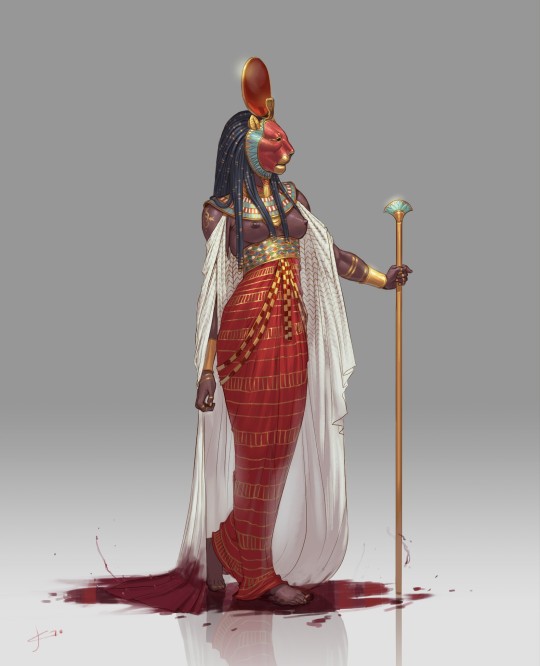
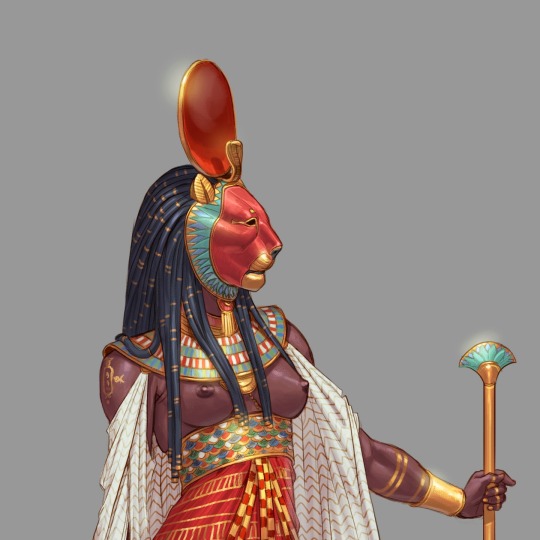
SEKHMET
First born of Ra. She was the lion goddess of war and vengeance. Also from disease and medicine. She was a symbol of strength and power, and it was said that her breath created the desert.
#art#drawing#illustration#sketch#design#gay art#concept art#comics#mythology#sekhmet#egypt#ancient history#ancient egypt#egyptian mythology#Egypt#ra#desert#goddess#egyptian gods#lion#lioness#digital portrait#digital drawing#digital painting#digital art#my art#my artwork#artists on tumblr#fantasy art#fantasy
5K notes
·
View notes
Text
COMICS!

By Aspiring Comic Artist (Marc Russ Rabe)
Comics, those flashy looking books that you can't help but take a glance at, and you've probably read a comic once before—Psh, but that's only for kids, right?
Throughout their existence, comics have been largely considered as uncouth and lowbrow consumption for the masses, and for a long time they functionally were. Comic strips and comics printed on cheap magazines were intended to be disposed off after reading. Now what kind of art form goes in the trash after consumption? There's nothing quite like it!
But comics have a surprisingly rich, yet humble history, spanning across the world, developing independently and differently. In the 20th century and beyond, comics have found their identity and are united in telling impactful narratives.
For the art snobs out there, this is a retrospective and modern comparison of an underrated art form, Sequential Art!
-THEN-

What we know popularly as comics started in the early-to-mid 20th century, which was also known as the "Golden Age" of comics. Comics did exist before, but they mostly resided in newspapers as weekly comic strips, or in extremely niche magazines.
It was in 1938 that Action Comics #1 was unveiled into the world, which introduced a guy you might know called Superman. It was an instant hit, and now everyone on the scene knew that superheroes were the new thing.
Fast-forward to the 80's, things were big for comics. New superheroes left and right, and indie comics were a thing now because of oversaturation in the mainstream market. In the east, Japan was cooking up their own comics market, and it was soon to surpass the west.
During this time, comics became too influential, and to stave off any future trouble with government censorship, the Comics Code Authority was created by comic book publishers, which backfired and set creatives back with limitations on what they could show in the prints.

The Comics Code Authority only ever applied to major comic book publishers and their properties, so small indie creators were not affected directly. But what affected them were the association with the umbrella term of "Comic", which now largely meant superheroes.
So the Graphic Novel was born, and it was a fancier way to call your book a comic without it really being a comic. It was an alternative of the now mainstream comic books and it allowed more mature and unconventional stories to be told without being labeled as for kids.
Naturally, as mainstream superhero comics began to simmer down, it was the graphic novels that got the spotlight for its unique content and stylistically different visuals.
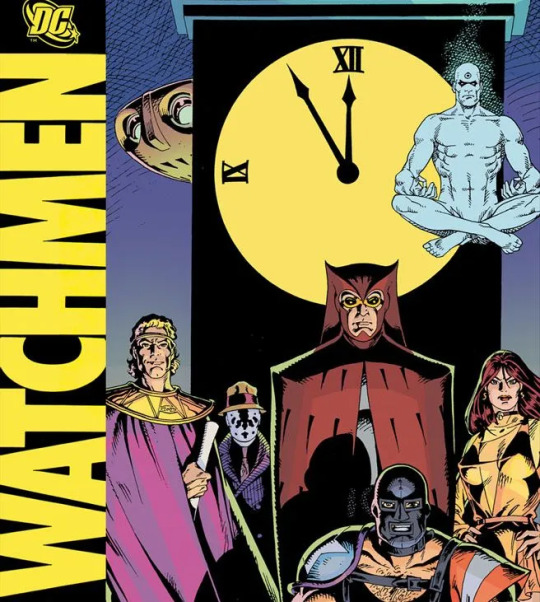
An example of this was Watchmen, a clever subversion of the superhero formula that showed the world the potential of storytelling in comics.
Many old comics and graphic novels still hold up to this day, and its exactly in the content and style that makes comics so timeless.
-NOW-

With the advent of the internet, comics only proliferated and spread throughout online. Suddenly self-publishing your own comics was super viable in the era of the internet, it allowed for complete artistic freedom with no annoying editors to change your vision. Thus came Webcomics.
The potential of sequential art was not lost in people. Over the years, comics were adapted to animation and live-action, to shocking success. It was also due to the rising popularity of Japanese Manga and Anime, which had a huge impact on how people view comics, and sequential art as a whole, as it introduced drastically different stories and premises, and captured the attention of the world in the 21st century.
Now suddenly everyone wants to create comics and the internet was the perfect place to publish it. Any creative idea can be put out for the world to see with ridiculous ease.
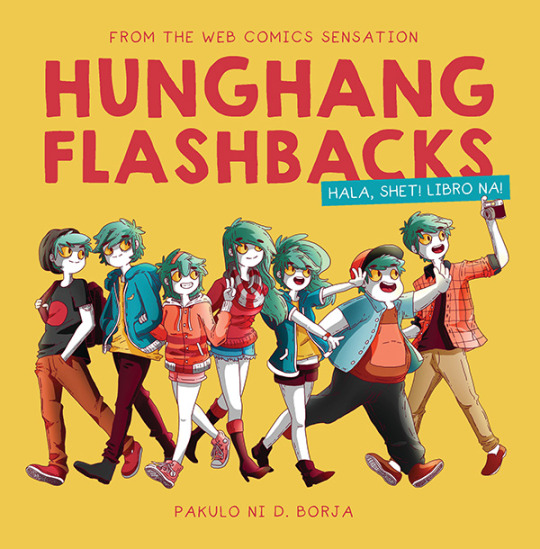
But eventually, webcomics circled back to being published as physical copies, and it proved more lucrative as nothing could beat the feeling of flipping through a page.
The production and distribution of comics were suddenly upended and the next big thing isn't being created in a major studio, but in the basement of a creative individual. Icons upon icons swept up the world with their unique stories. This is specially the case with Manga with how globally known series like Attack on Titan, Demon Slayer, and Chainsawman are.
The cultural zeitgeist is at its peak at the moment, and it feels like anything could be the next big thing. And we owe it to the art form of comics for showing us that a lot of illustrations together creates something really cool. It is the simplest form of entertainment media yet arguably the most impactful, and animation and movies benefit from its existence with an endless supply of ideas to adapt from.
Comics are neat, aren't they? So if you see a comic that catches your eye and it's next to children's books, don't be shy and give it a read... and read those children's books too, because they too have artistic value.
#comics#indie comics#graphic novel#history of comics#manga#webcomic#sequential art#then and now#media back then and now#entertainment#media#popculture
0 notes
Text
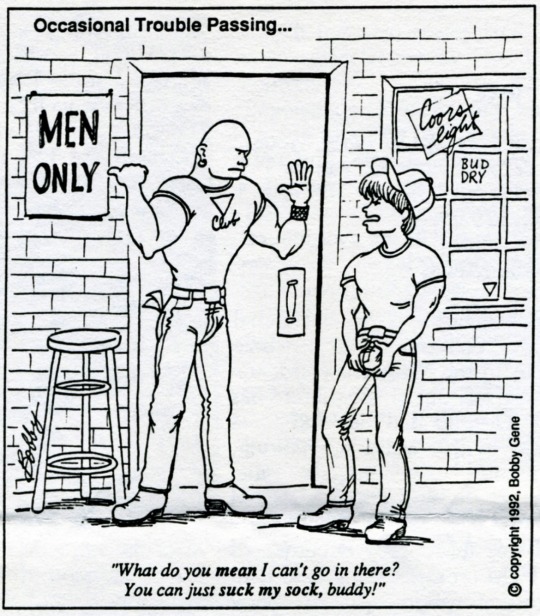
Occasional Trouble Passing…
“What do you mean I can’t go in there? You can just suck my sock, buddy!”
found in “FTM Newsletter”, 1990s
#ftm#ftm history#transgender#transgender history#trans#trans history#transmasc#trans man#pride#queer history#gay community#trans humor#queer humor#queer cartoons#lgbt comic#trans comic#inclus#inclusionist#90s#1990s#ftm newsletter
5K notes
·
View notes
Photo

Daily Mirror, England, April 8, 1920
32K notes
·
View notes
Text

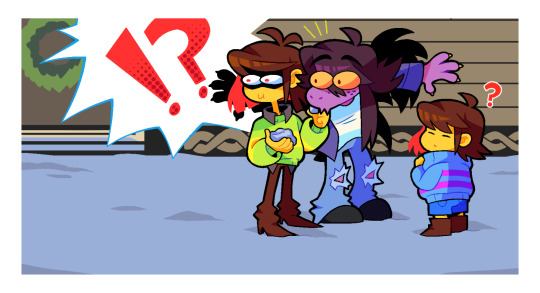

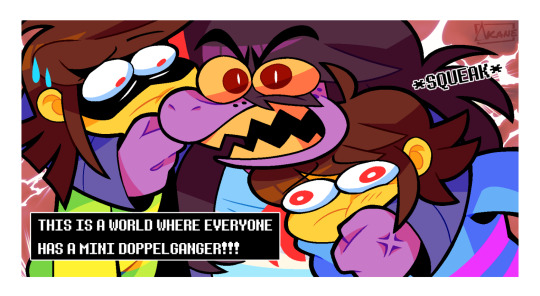
All around me are familiar faces...
FIRST - PREVIOUS - NEXT
MASTERPOST (for the full series / FAQ / reference sheets)
#deltarune#deltarune fanart#deltarune comic#comic#twin runes#twin runes au#kris dreemurr#undertale#crossover#utdr#susie deltarune#frisk#frisk undertale#noelle holiday#dess holiday#you're not too far off susie#but also not quite#she's still trying to wrap her head around the history of the war between humans and monsters#and of course kris ate the magic snow#hey is that dess?#waitaminute#that grillby snowman#is that a newsletter reference?#yes it is
6K notes
·
View notes
Text

A Letter to Heterosexuals by Jenifer Camper
#personal#queer#dykes#gay#gay history#gay comics#leabian#lesbian history#proof that the discourse is not and has never been new
11K notes
·
View notes
Text
You’re Lucky You Have a House, Peasant!
A history of company towns
by Joyce Rice and Kevin Moore
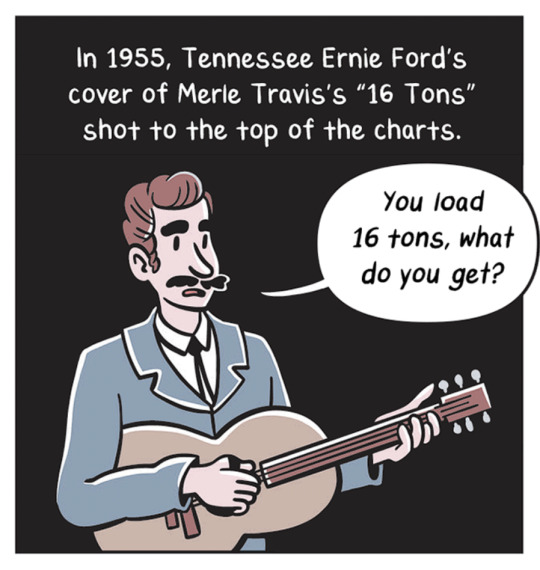
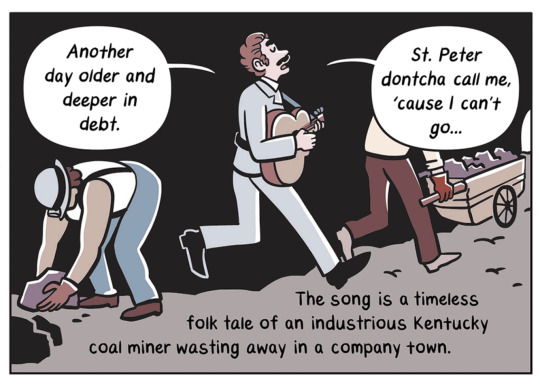
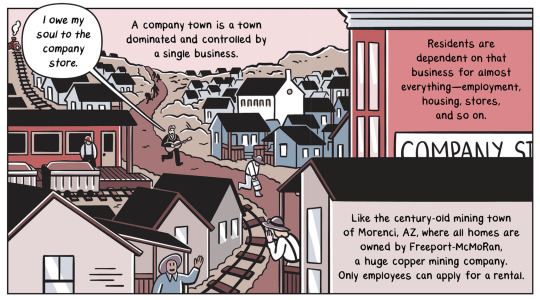
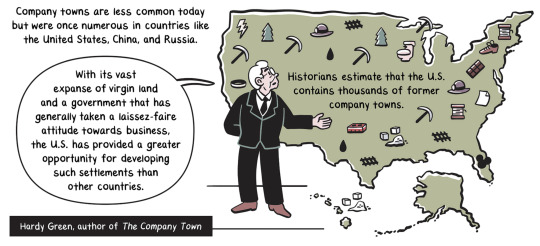
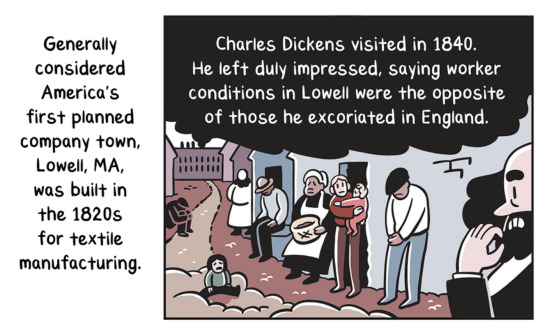

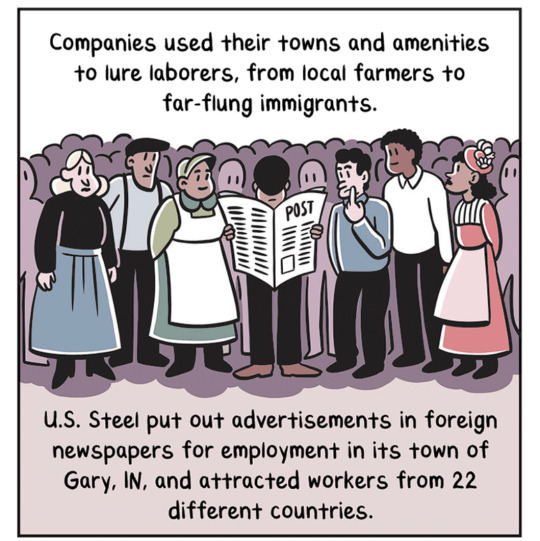




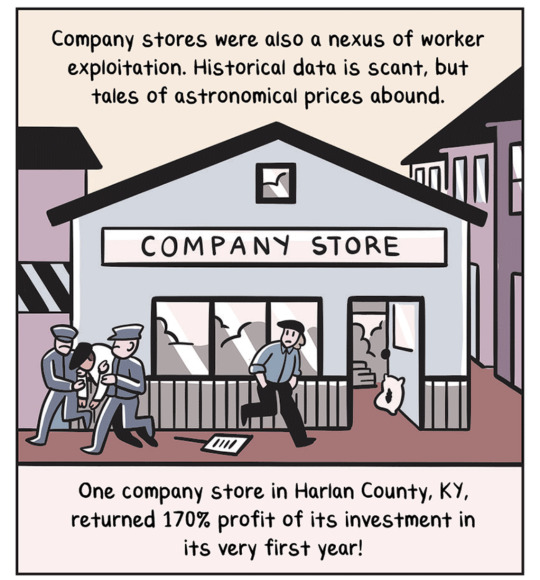

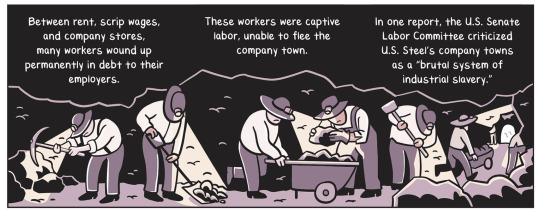


(Continue Reading)
TheNib.com
@thenib
#politics#the left#the nib#comic#webcomic#labor#Labor Unions#organized labor#history#capitalism#economic inequality#oppression#poverty#working class#long post#long reads
14K notes
·
View notes